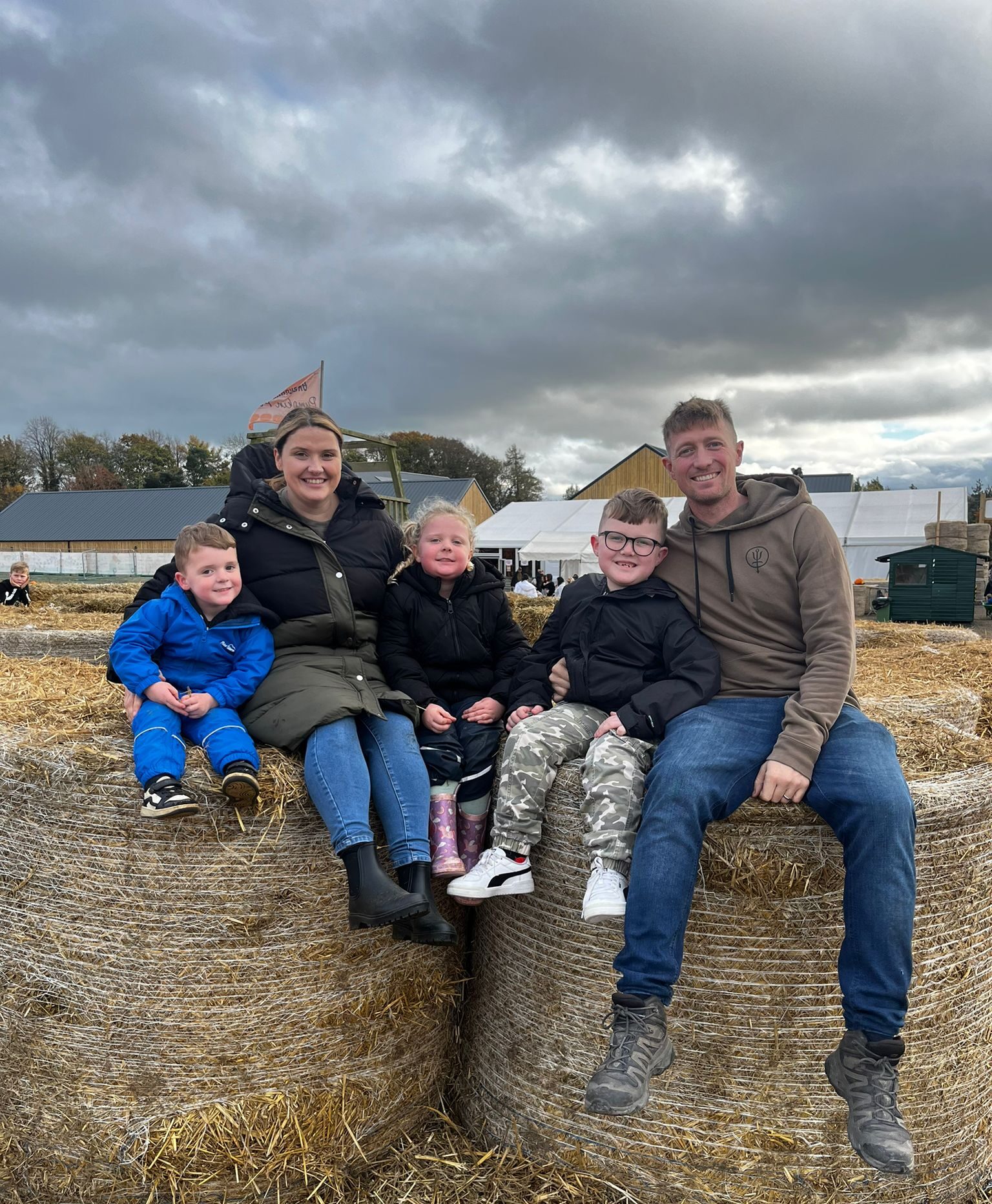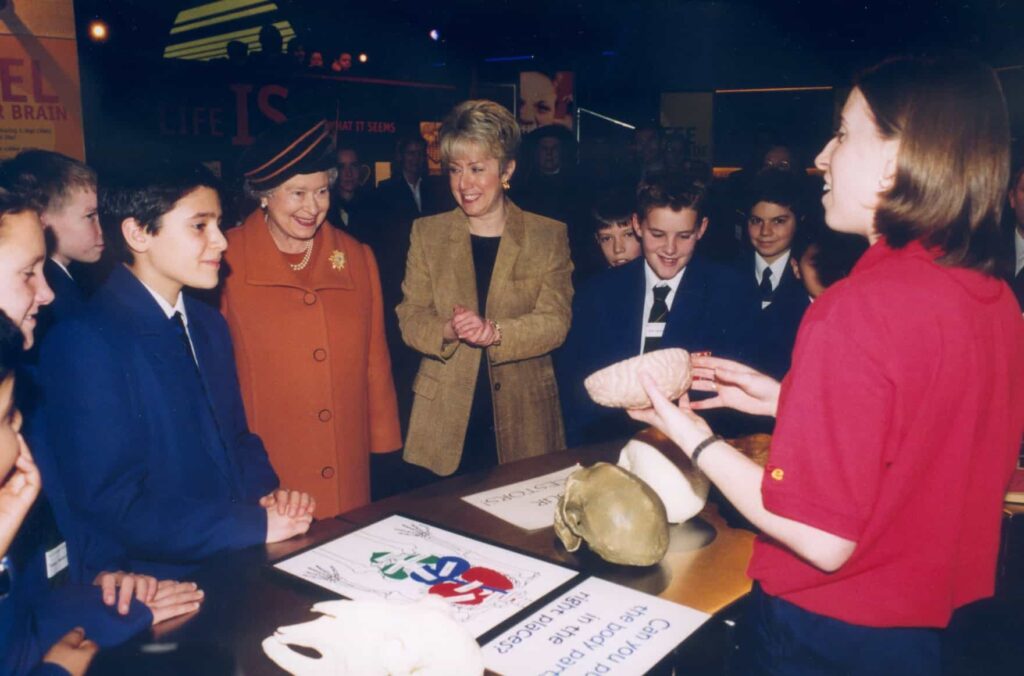
“He lives a life free from the symptoms of SMA, which is incredible. He can run and jump!” Stephanie Tanner
In 2019, Stephanie Tanner’s eldest son Freddie was diagnosed with Spinal Muscular Atrophy (SMA) Type 2. The condition meant Freddie, who was just a year old, lost the strength in his legs. Stephanie and her family were initially told that there was no treatment and his condition would worsen.
“It was just soul destroying,” Stephanie recalls, “you just spiral into this black hole and there’s no hope. But, we were so fortunate to have the John Walton Centre five minutes from our doorstep.”
Just 13 days before Freddie received his diagnosis, the first ever treatment for SMA – Nusinersen – had been signed off, following trials conducted at Life.
“Freddie was able to access that treatment later that year,” Stephanie says, “and it’s been life changing. His condition hasn’t progressed at all.”
Freddie, who is now six, was part of the first cohort to receive Nusinersen and while he has never been able to stand or walk and is a full time wheelchair user, without treatment his condition would have meant the loss of the use of his arms, and possibly losing the ability to swallow. He may also have needed ventilation.
He attends a mainstream school and receives support from a physio as well as ongoing treatment via the muscle team at Life.
When Freddie received his diagnosis, Stephanie was six-months pregnant with her daughter Daisy. Screening showed Daisy was not a carrier of the gene which causes SMA, but four years later when Stephanie’s youngest child Louis was born it turned out he was a carrier.
This time, there were treatment options.
“Louis was actually one of the first children in the UK to be dosed with gene therapy for SMA,” Stephanie explains. “And from that he’s got no signs or symptoms of the condition. He was 18 days old at the time when he got dosed, so he’s like a total poster boy for newborn screening and for gene therapy. He’s just a miracle child really.”
Stephanie is understandably a passionate advocate for newborn screening, having seen the impact it can have.
“If we get the newborn screening,” she explains, “they can be dosed and have outcomes like Louis, where they’re not affected by the condition. He lives a life free from the symptoms of SMA, which is incredible. He can run and jump!”
Where Freddie requires ongoing treatment, Louis required just one visit.
“From one IV dose! That’s all it was, one IV dose! He changed his life with a one hour infusion.”
Seeing her children’s lives change in this way inspired Stephanie to become a nurse specialist with the John Walton Centre at Life.
It’s a role which puts her in touch with the latest breakthroughs in treatment and support, and her personal experience of raising children with SMA means she knows exactly what families are going through.
“I think it benefits me for having the knowledge and finding out what’s going on so I can improve Freddie’s life more at home,” she says. “But, also I think it’s really beneficial for patients because I’ve got that understanding, that first-hand experience of being a parent.”
Although things can be difficult, Freddie’s life and outlook are immeasurably better than Stephanie could have imagined when he was diagnosed, and certainly from what was possible just a few years ago.
“In the last five years, it’s been life changing,” she explains. “It’s dramatically changed for the SMA community, especially my family, with the gene therapy treatments available.”
She’s full of praise for the work of the John Walton Centre and the teams at Life, but also for the way Freddie’s school have made adjustments, and the increasingly accessible nature of venues like Life Science Centre, meaning he can live as normal a life as possible.
But, what else needs to change to make sure more families can benefit from these treatments?
“We need newborn screening for early identification,” Stephanie says, “as early recognition and early treatment are essential to get the positive outcomes.”
Stephanie’s experience makes her the perfect advocate for treatment, and expanding screening. She agrees, “I want to scream and shout about it”, she says.
“These treatments are life changing. People don’t understand it. I often say it’s like Marie Curie discovering radiation, it’s so huge.”
“A child with type one SMA previously wouldn’t live to their second birthday,” Stephanie concludes. “But now we’ve got children who are five, seven, eight years old and going to school and doing really well and it’s all thanks to these treatments and the life changing research that gets done here.”

